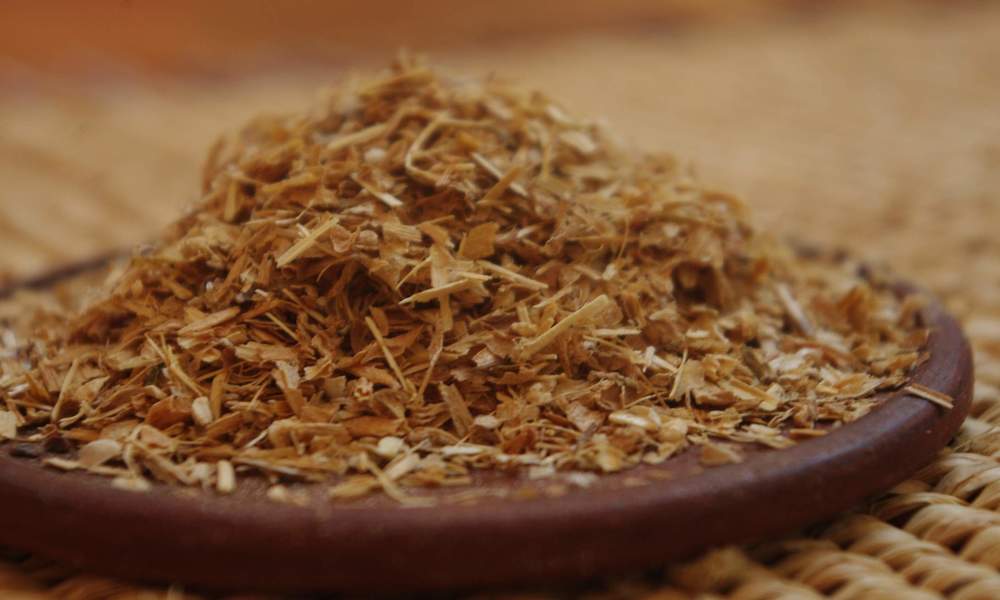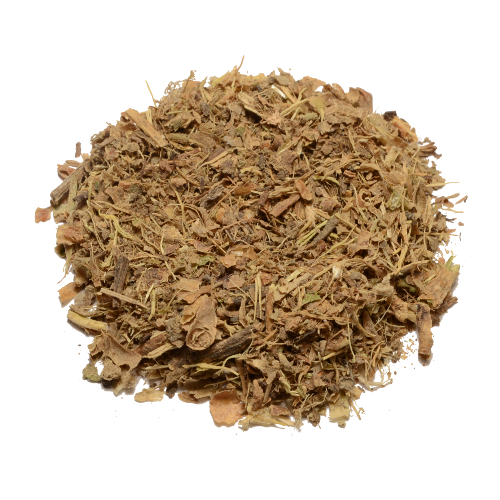
This is why you must try Kanna at least once
When it comes to the history of beneficial herbs and herbal medicines, we often look at Ayurvedic medicine, ancient Chinese cultures or the many beneficial plants from Central America. However, there is one important herb that has its origin in South Africa. We are talking about Kanna, a product that has been dried and chewed for centuries because of its special effects. Since kanna - also known as Sceletium Tortuosum - is quite a popular resource here on Avalon Magic Plants, in this article we take a closer look at the history and effects of this product.
Also read: 5 kruiden die geweldig zijn om te combineren met cannabis
A favorite among indigenous tribes
 Sceletium tortuosum, known to the indigenous South African tribes as kanna, has a long history of native usage. The native tribes used it to relieve feelings of thirst and hunger, to combat fatigue and many other effects. In addition, it was used for a variety of spiritual and social purposes. Before colonizing South Africa, this area was mainly inhabited by the Khoikhoi and San tribes. Kanna played a big part in their way of life for the hunters in the tribe. And although the oral tradition of knowledge transfer has now disappeared, there are still some historical reports that tell about the history of kanna.
Sceletium tortuosum, known to the indigenous South African tribes as kanna, has a long history of native usage. The native tribes used it to relieve feelings of thirst and hunger, to combat fatigue and many other effects. In addition, it was used for a variety of spiritual and social purposes. Before colonizing South Africa, this area was mainly inhabited by the Khoikhoi and San tribes. Kanna played a big part in their way of life for the hunters in the tribe. And although the oral tradition of knowledge transfer has now disappeared, there are still some historical reports that tell about the history of kanna.
The oldest report we know about kanna comes from a Dutch explorer in 1662. It was Van Riebeeck who noticed that some people were chewing certain leaves, which they called kanna, channa or kougoed. The San tribes buried the plant to let it ferment and then dried the plant. Once dried, the sceletium was chewed, used as a pinch or even smoked to experience its powerful effects. The plant was sometimes even used as a currency because of it’s special effects and thus financial worth.
Also read: 5 kruiden die geweldig zijn om te combineren met cannabis
Why it’s such a powerful herb
Sceletium's powerful effects seem to come mainly from a group of alkaloids, in particular mesembrine, mesembrenol and tortuosamine. These compounds interact with receptors in the brain, increasing the production of dopamine, which is our primary chemical for pleasure. The activity of serotonin, a chemical that improves our mood, is also prolonged. Ultimately, by taking sceletium you achieve a feeling of enormous well-being, increased awareness, mental alertness and a sharpness that is quite pronounced.
But it doesn't stop there: According to various studies, the plant even appears to potentially be useful against symptoms several mental problems. It may be able to be used by people with low mental energy, mild to moderate mood swings or sleeping problems. In one study on the effects of sceletium, which was published in the Journal of Ethnopharmacology, the plant's major alkaloids demonstrated the ability to extend serotonin activity. This activity, known as SSRI, or selective inhibition of serotonin reuptake, is comparable to several kinds of medicine taken for mental issues.
Also read: 5 kruiden die geweldig zijn om te combineren met cannabis
How to use kanna?
Kanna can be consumed through many different methods, but the most common ones are sniffing, smoking, drinking tea and - of course - chewing. The effect is most noticeable when you snort Kanna. Drinking tea and chewing just make it take a little longer before you notice the effect. In smaller doses, kanna gives a meditative effect, while at larger doses it provides a more euphoric feeling.
Although the kanna plant has traditionally been fermented and dried before being chewed or smoked, there are several forms of kanna available today, including kanna powder, kanna tincture and kanna in herb mixes such as vape herbs. If you choose to sniff on kanna, 20 mg of kanna powder is sufficient for a noticeable effect, but in many cases a dose of around 100 mg is chosen. The recommended amount when smoking kanna is between 50 mg and 500 mg.
Warning: Sceletium tortuosum is a selective serotonin reuptake inhibitor (SSRI). This means it should never be used in combination with other SSRIs or Monoamine Oxidase inhibitors (MAO-I) such as Peganum harmala or Banisteriopsis caapi.









